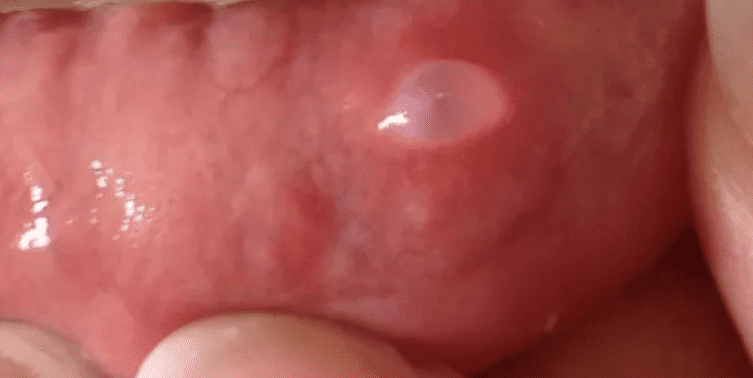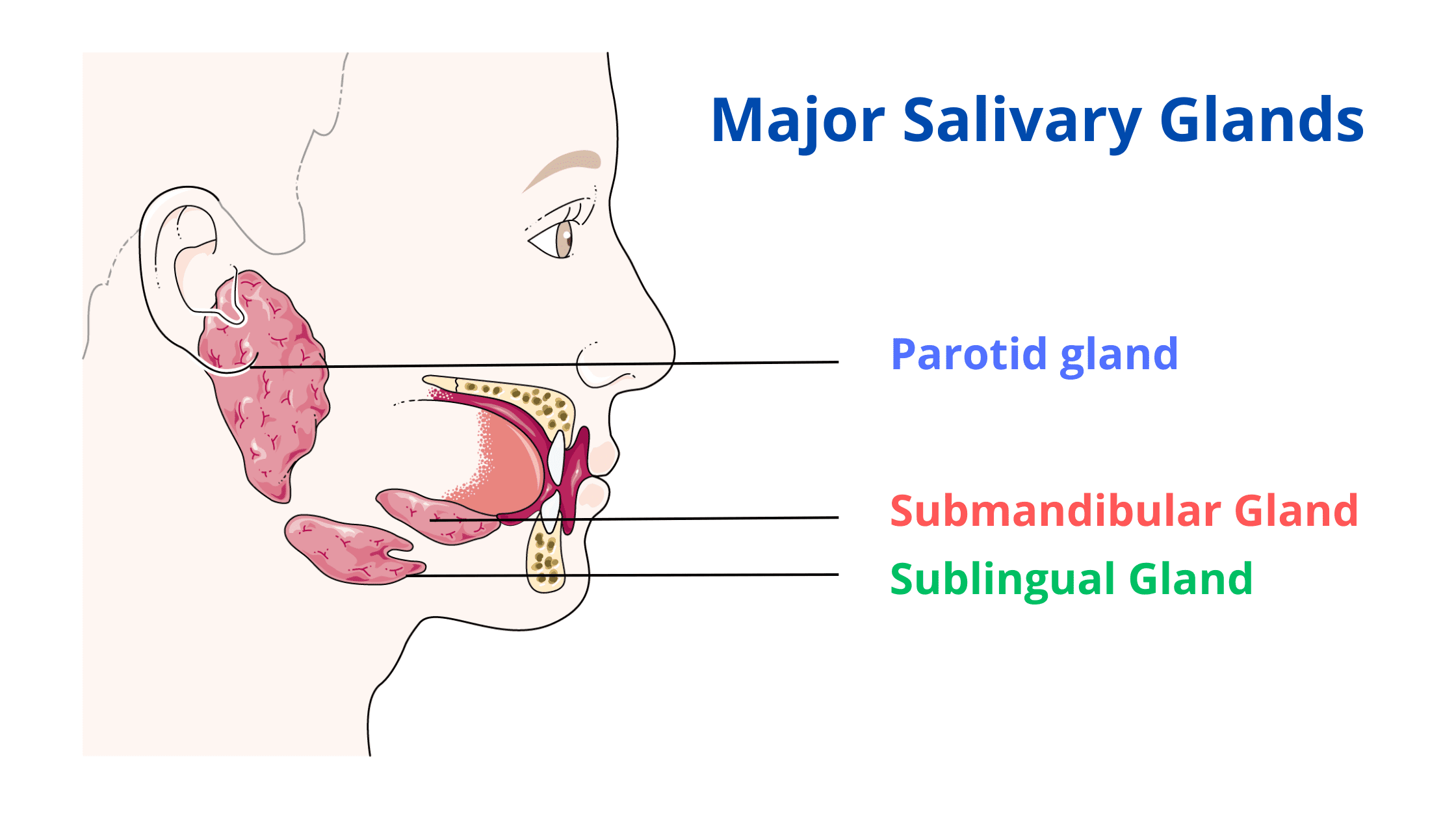Understanding Oral Mucocele: What You Need to Know
 Curious about this lump or growth inside your mouth? It may be mucocele, a common cyst of the mouth.
Curious about this lump or growth inside your mouth? It may be mucocele, a common cyst of the mouth.
But before you start self-diagnosing, it's important to rule out other conditions that can also show up as swelling or blisters, like oral fibromas, viral infections, or autoimmune diseases.
In this article, you’ll learn about the common signs of an oral mucocele, where it’s most likely to show up, when to seek treatment, and how to tell it apart from other conditions that look alike.
In this article:
1. What is Oral Mucocele
2. What Causes Mucocele
3. Where Mucoceles Appear
4. Symptoms of Mucocele
5. Is Mucocele Something to Worry About
6. When Does Mucocele Require Treatment
7. Other Common Oral Conditions That Can Look Similar
What is Oral Mucocele
Cysts are like small pockets or growths filled with a liquid substance that can appear anywhere on the body.In your mouth, there's a common cyst called a mucocele, also known as a mucous cyst. It's named after mucus, the jelly-like substance produced by your salivary glands.
When a salivary gland or its duct is injured, saliva can abnormally leak into the surrounding tissue and become trapped. This results in a clear, fluid-filled swelling that looks like a blister.

Mucoceles can appear anywhere in your mouth, like inside your cheeks, lips, roof, or tongue. They’re actually quite common and can affect anyone, young or old.
Quick Facts about Mucocele
- Mucoceles affect about 2.4 out of every 1,000 people.
- They’re most common in young people aged 3 to 20, making up about 70% of cases.
- The lower lip is the most common site, accounting for 60–70% of cases.
What Causes Mucocele
There are two main types of mucous cysts: Retention and Extravasation.- Extravasation cysts are more common in kids and young adults. They happen when you accidentally injure a salivary gland duct that releases saliva into your mouth.
The result? Saliva gets released inside your tissues, causing swelling.
Factors like accidentally biting your mouth, ill-fitting dentures or crowns, sharp tooth edges, braces, or piercings can cause this. - Retention cysts aren’t caused by damage but by an obstruction that prevents saliva from flowing properly into the mouth.
Things like scar tissue after oral surgery, calcifications (calcium buildup), or tumors can all block the salivary duct, increasing the pressure within the gland.
Retention cysts are rarer, but more common in older people.
Where Mucoceles Appear
Mucoceles can appear in any part of your mouth because there are salivary glands everywhere. However, the lower lip is the most common target because it's more exposed to potential biting accidents.You have two types of salivary glands: Major and Minor.

The major ones are larger and produce most of your saliva (92% to 95%), but they're less likely to get mucoceles.
The minor glands are smaller and numerous, ranging from 600 to 1000, spread all over your mouth. They’re the ones most often injured, which makes them more prone to these cysts.
Symptoms of Mucocele
Mucoceles can look and feel different depending on their cause and depth. Here's what you might notice:- Mucoceles are typically asymptomatic, appearing as painless bubble-like growths.
- They usually have clear, well-defined borders and can grow quickly, but often shrink and disappear on their own within a few days.
- Sizes vary from a few millimeters to a few centimeters.
- Shallow mucoceles are often soft, bluish, and translucent. Deeper mucoceles are firmer and have a normal-looking surface that blends with the surrounding tissue.
- They tend to come back, especially if the source of injury isn't addressed.
Is Mucocele Something to Worry About
Mucoceles are completely harmless and won't threaten your health. They might cause some discomfort if they grow larger, but that's about it.However, if a mucocele persists for months, keeps coming back, or comes with other symptoms like unexplained bleeding or pain, it’s best to have it checked by your dentist or a healthcare professional.
Although rare, serious conditions such as oral cancer can sometimes appear harmless in their early stages, just like a mucocele.
That's why if the swelling lasts unusually long or grows quickly and aggressively, a biopsy and microscopic examination may be necessary to rule out serious issues.
Not just abnormal swelling, but any persistent change in your mouth—no matter how minor it seems—deserves to be checked and monitored, just to be on the safe side.
When Does Mucocele Require Treatment
Most of the time, mucoceles heal on their own within a few days or weeks without any special treatment. But if it keeps coming back or becomes an annoyance, affecting your eating, speaking, or other daily activities, it might be worth treating.Treatment typically involves surgical removal of the cyst, which can be done using techniques like cryotherapy, laser treatment, or traditional surgical excision.
In some cases, the surgeon may recommend removing the associated minor salivary gland to prevent recurrence. The best treatment approach depends mostly on your specific situation.
Other Common Oral Conditions That Can Look Similar
Oral mucoceles are not the only condition that can cause swelling in your mouth. Several other common oral conditions can look similar or cause the same symptoms. Some of these include:-
Fever blisters or cold sores (viral infection): These result from an outbreak of oral herpes, which is caused by the herpes simplex virus (HSV). In most healthy individuals, the virus remains dormant in the body and causes no symptoms.
However, factors like stress, fever, or illness can trigger the virus to reactivate, leading to sores that start as small blisters, typically on the lower lip.
These blisters eventually break open, leaving small ulcers that heal on their own within about a week. - Oral fibroma: This is a harmless growth (benign tumor) that forms inside the mouth because of constant irritation or injury. Like a mucocele, it shows up as a single, painless lump. However, fibromas feel firmer and have a surface that looks like the surrounding mouth lining.
- Allergic reaction: Allergies to certain foods or ingredients in oral hygiene products can trigger reactions in the mouth. These often cause redness, itching, or a burning sensation, and may sometimes lead to blisters or bumps.
-
Salivary gland tumors (rare): Most salivary gland tumors are benign and usually appear in the major salivary glands — about 90% occur in the parotid gland (located in front of and just below each ear).
The most common type is called "Pleomorphic Adenoma," which appears as a painless lump in the affected salivary gland.
Rarely, a salivary gland tumor can be cancerous, such as a mucoepidermoid carcinoma. It may appear completely benign in its early stage, similar to a mucocele. However, in advanced stages, it can reveal its true nature by growing larger and becoming much more aggressive.
Again, even though most lumps are benign, any swelling in your mouth that persists longer than expected should be checked by a dentist or doctor as soon as possible. If it appears highly suspicious, a biopsy may be needed to rule out more serious conditions like oral cancer.